Criteria used to decide what camera to buy
Over the years we’ve seen plenty of discussion here about what makes a camera a good choice for taking on hunting trips. Preferences have varied from the Nikon P1000 down to compacts like the Panasonic ZS80, and everything between. Typically cameras under discussion will be the longer focal length examples among the “bridge” cameras listed here:
https://cameradecision.com/bodytype/Bridge-cameras, and the “compacts” here:
https://cameradecision.com/bodytype/Compact-cameras
Any ranking of different models will depend on the importance we each place on the various specifications, and this in turn comes down to the camera’s role when taken out. Will it be used mainly for daytime scenery shots, or for photographing game animals in low light and at distance? These might be two examples of primary purpose, determining in the inevitable trade–off of attributes what then become important considerations, and what are less so.
I would like to set up a thread here in the Photography sub–Forum that looks at just one specific aspect of camera performance. It is the one I’ve decided is the most important in my choice of camera to take hunting. I’m going to ask for members’ contributions to help quantify this aspect in the cameras they own. More to follow…
Welcome guest, is this your first visit? Create Account now to join.
Welcome to the NZ Hunting and Shooting Forums.
Search Forums
User Tag List
+ Reply to Thread
Results 1 to 7 of 7
 7Likes
7Likes
Thread: Image resolution in cameras used on hunting trips
-
27-08-2024, 03:18 AM #1
Image resolution in cameras used on hunting trips
-
-
27-08-2024, 03:26 AM #2
Longest focal length performance
This important attribute — and likely so for many of us — is a camera’s ability to take high–resolution images of game animals at distance. The camera companies each market a variety of “superzoom” models that seem perfect for this, but for a prospective purchaser, can the resolution claims being made for each camera be backed up? There have been several threads here recently requesting information on the image resolution to be expected of particular cameras with a view to general suitability for game photography, and sometimes as a substitute for a spotting scope. The purpose of this thread is to try and answer just that one particular question; by quantifying the resolution of images taken at maximum zoom.
The specific attribute I’m keen to survey is:
whether each model of camera is actually making use of its maximum focal length setting; that at this setting the full resolution in the resulting image size is being utilized,
in other words whether the big numbers for zoom and image dimensions in the cameras we own are just for marketing to the unwary. Put in terms of something I’m hoping can be used to give a quantifiable figure–of–merit:
Does the image — one produced at maximum zoom and recorded at full image size — when closely inspected, appear to resolve detail down to the single pixel level?
The way I see it there is no point in stepping up say from a 20x zoom camera to 40x zoom if the image produced with the higher magnification instead has all four pixels in every block of 2x2 all the same colour as the equivalent single pixel would have been in the image produced by the lower zoom model of the same subject matter. After all, I can expand a cropped portion of an image to any size I want here at home on the PC. All this has achieved in such a 40x camera is added complexity, size and weight, and inevitably cost, for no actual gain in the resolution of the final image produced. It is easy to check too. Downsize an image by 50% in a photo editor without any re–sampling/interpolation and then restore back up to the original size, so artificially creating the above mentioned 2x2 blocks of identical pixels, then compare to the original. Has any meaningful resolution been lost?
-
27-08-2024, 03:32 AM #3
Contributing to the thread
I’m proposing that contributions to the thread can either be single-camera assessments, or a comparison between two or more cameras. Either way hopefully we start to build up a pool of information for capability in this one respect. The idea is to take a photo or photos and then inspect these in an editing program to see if there is detail recorded down at the individual pixel level.
Other than using the longest focal length setting – that is the maximum optical zoom (but please not any additional digital extenders) – could I offer some additional guidelines, or standard conditions if you like, for the images posted here, for keeping a level playing field?
— if presenting pairs of images for comparison please use identical subject material. Best then to use stationary objects,
— for good stability use tripod mounting with delayed or remote shutter release if possible, and if image stabilization is offered, please use it,
— while best results may well be from a post-processed RAW format, could we please stick with comparisons of the default compressed JPEG files — only because not all cameras support RAW. So we will be overlaying each camera’s compression software onto this assessment,
— use lighting conditions that don’t reduce this exercise immediately to a comparison of objective lens diameters, though of course a differences in resolving power /sharpness of the lenses between “bridge” and “compact” sizes may well in time be exposed in this thread regardless. Being disregarded is that much game photography is in low–light conditions requiring low ISO, and that would benefit from using large sensors. However I have noticed that so many of the zoom models in the past decade have retained the 1/2.3” sensor size to the point where it is almost a constant.
— please select the largest image size available from the camera, a low ISO for noise, and around f/8 for aperture avoiding the worst of either diffraction or lens edge effects. Typically depth of field won’t be a consideration when photographing target species.
The only other things I can think to mention for now are that when manipulating those cropped images for uploading, low–loss compression should be used, so the quality of the captured images being presented can best be retained. That said, I can’t answer for how the forum re-scales images when these are uploaded. My recollection is that images have to be in .jpg format and that .tiff are not accepted. Please share cropped portions of images for comparison when possible and not multiple full 10MB–plus file sizes as they can take unnecessarily long to download for some end-readers. It would be convenient to also present the maximum focal length of your camera/s rather than just the zoom ratio. As has been pointed out on here before, the starting point for zoom lenses won’t necessarily be a 24mm full-frame equivalent.
A note here that I'd like to leave anything regarding video capability out of this particular thread since the older camera models are going to be HD while the new models 4k, and the relationship between video and still-image resolution also varies depending on how the sensor output has been used. Something for another thread perhaps? Also DSLRs have been left out of the survey, the thinking being that if you are hauling one of these out for a walk, hunting is probably not your primary goal.
Hopefully the end result will be to point Forum members in the direction of gear that can be demonstrated as able to take high resolution photos of deer, tahr and the like and that meet our expectations, and away from those that don’t and won’t.
-
27-08-2024, 03:43 AM #4
Two Canon cameras compared
Here then to kick things off is a comparison between two Canon cameras; the 50x zoom “bridge” SX50 at 595 grams that I have used for the last 10 years and is quite a performance benchmark — inasmuch as many NZHS Forum members seem to either have one or have used one in the past — and the physically much more “Compact” 40x zoom SX740 weighing half that at 299 grams and that I had hoped would be a light weight replacement.
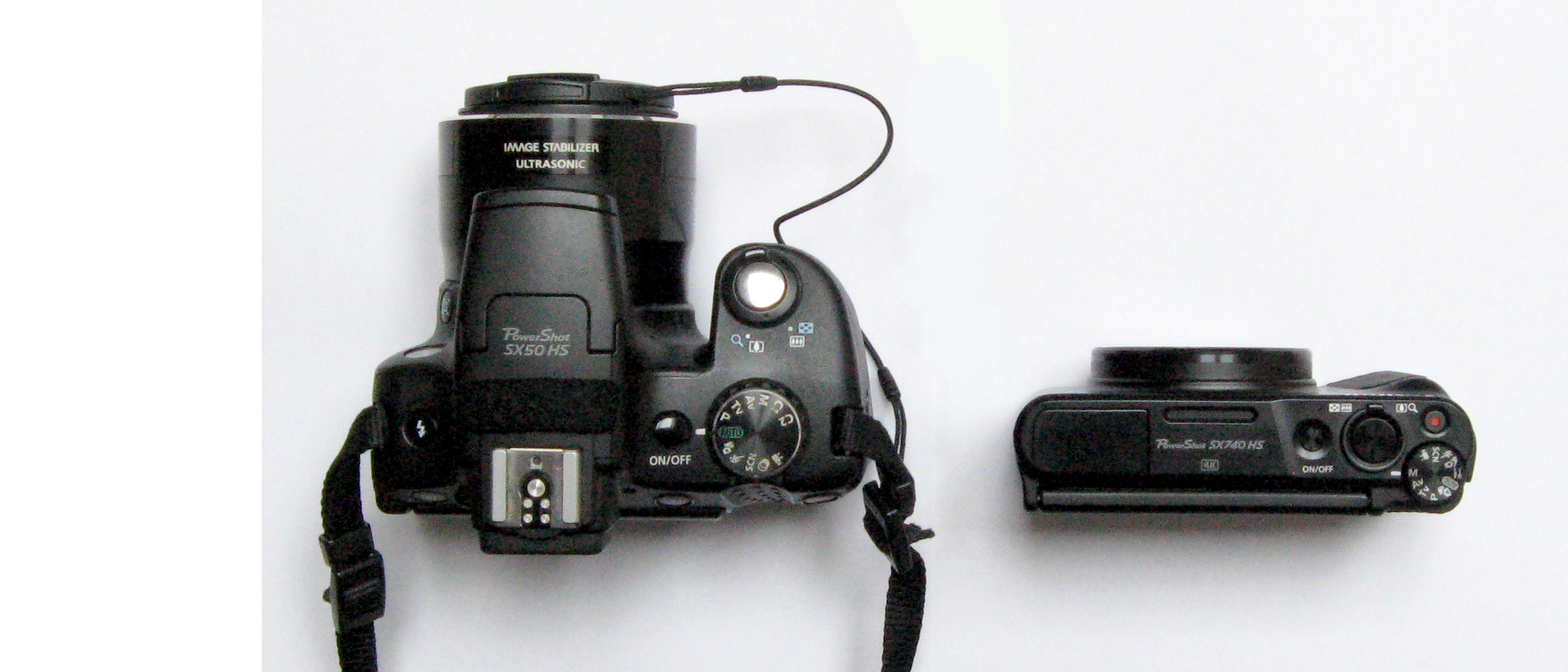
First up the sizes of the captured images can be compared. The SX740 compact produces the larger image of the two, 20.1MP over the 12MP of the SX50 from the same 1/2.3” sized sensor. Of interest is that when each are set to maximum zoom, the difference between 40x and 50x working in the opposite direction to the ratio of the respective image sizes, comes close to restoring the subject matter to much the same size. Actually this is very helpful for this particular comparison, as common features can be cut from the images and compared directly, with them being depicted by a very similar number of pixels, as can be seen below. Resizing would inevitably modify the image. No issue with downsizing though when only looking at relative image size rather than image quality, in this case both to the same 25% for uploading to the Forum pages.
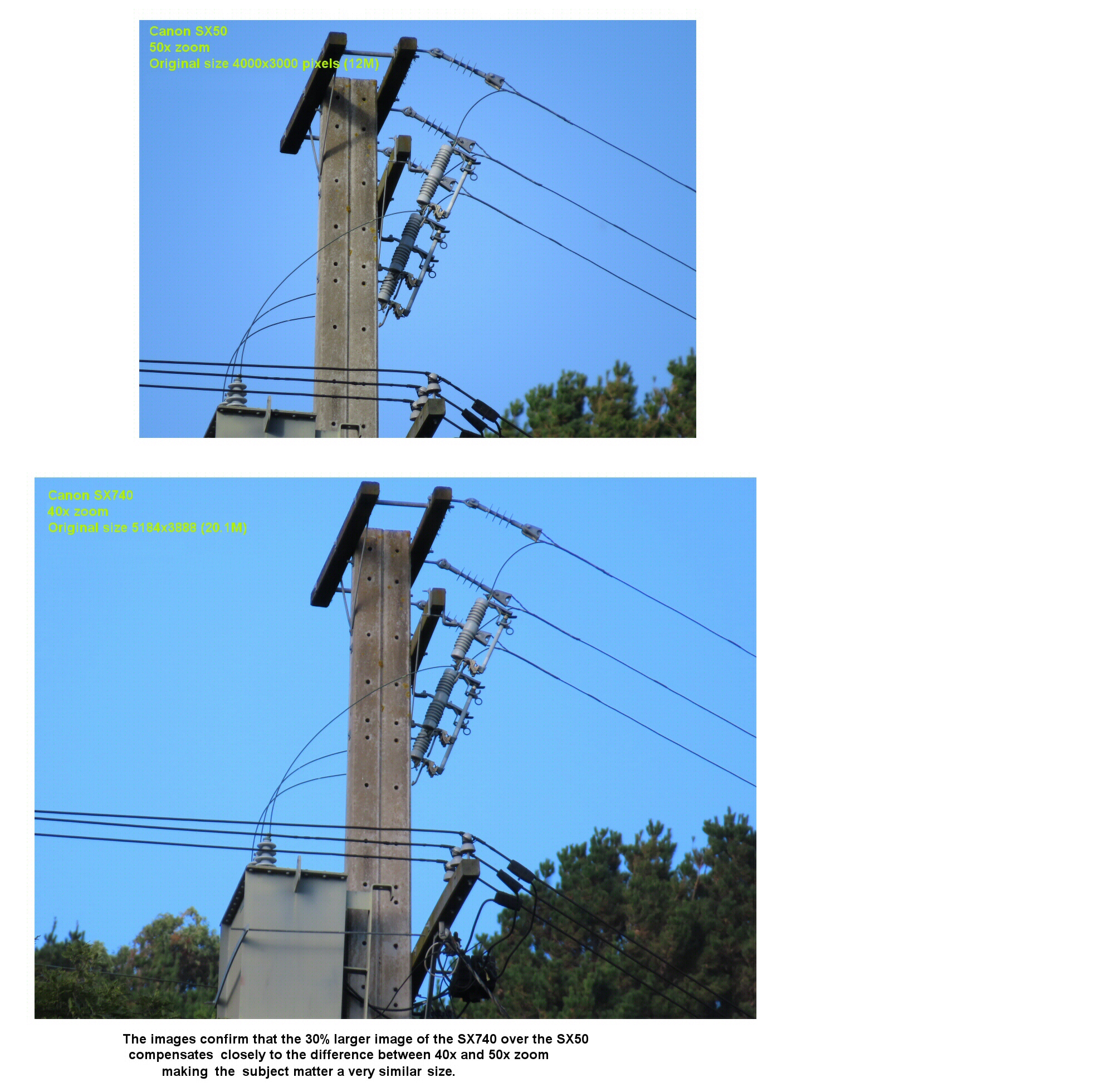
Of course image size is meaningless in and of itself. Any image can be re-sized. So now to the nitty–gritty; below I’ve cropped out portions of the original photographs showing parts of the pole fuses. It may well be clear depending on what device is being used to view this thread, but the SX740 has given up significant detail to the SX50. It’s as if the ISO was cranked right up. Compare the difference in the fuse hinge, the softness in the lines of the cabling, the light reflecting off the insulator and the writing on the strainer termination. There is also more colour fringing from the smaller camera that surely must be a product of the lenses and in spite of the more advanced internal image processing, as the sensors are both the same 1/2.3 size, but others better versed in such matters may wish to offer their thoughts?

For those who might not be able to easily zoom in to the detail in the above, here are close-ups of the strainer and the fuse hinge I mentioned. The split pin is better defined and writing is clearly present in the image from the SX50 on the left but missing in the matching portion of the image from the SX740 on the right. As mentioned earlier; these have been cropped from the original images and not had re-sizing applied in a way that could have modified their relative appearance.
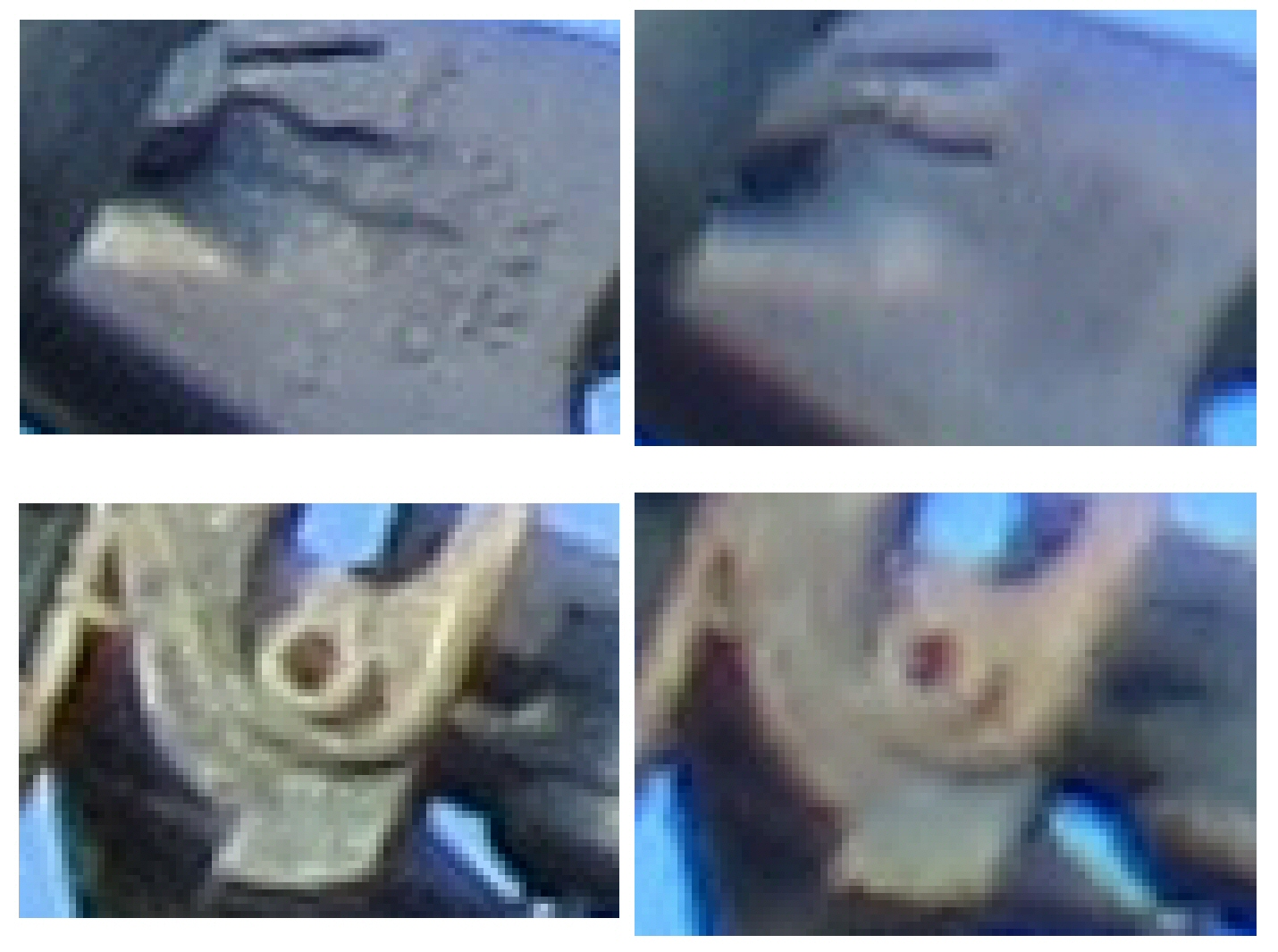
A closer inspection finds detail is present down to the pixel level from the SX50. So other than making each pixel a truer representation of the light entering the lens from that direction (through less noise, better dynamic range etc) it appears to my untrained eye that the potential resolution from the 50x lens in creating the full 4000 x 3000 12MP image is close to being utilized. I’m sure this is a simplification, and photography buffs on here will be ripping their hair out, but you get the general direction of my thinking.
On the other hand it is my assessment from the power pole image that the 5184 x 3888 dimensions from the SX740 could each be halved without any meaningful loss of recorded visual information. In other words 5MP rather than 20.1MP would be sufficient to store the resolved image through this lens at 40x and internal processing used. This begs the question: why the advertised combination of 40x and 20.1MP when they are not able to be utilized together. Disappointing.
For a resolution comparison that focuses on contrast, I’ve photographed text from a Lentle and Saxton book at a distance of twenty metres, cropped portions from the SX50 on the left, SX740 on the right. I used a number of different exposures and tried to match the images for background brightness. The conditions were heavy overcast. Both cameras were set for automatic white balance. I think the SX50 page white is the truer representation of the conditions, though this can of course be corrected either at the time the camera is used or later. Despite what appear to be considerable compression artifacts around the letters, the difference is still pretty clear.

Another day, same 11kV fuses. Here I’ve taken a cropped image shot at 40x with the SX740 (top) and then reduced the resolution in the way mentioned in one of the earlier posts, by first re-sizing the dimensions down by 50%, and then re-sized back up by 200% to the original size. The modified image is now made up of blocks of 2x2 identically coloured pixels, each block a colour average of the original four. In a camera that utilizes its full resolution at maximum zoom, the lower image, being at half the resolution, should appear degraded.
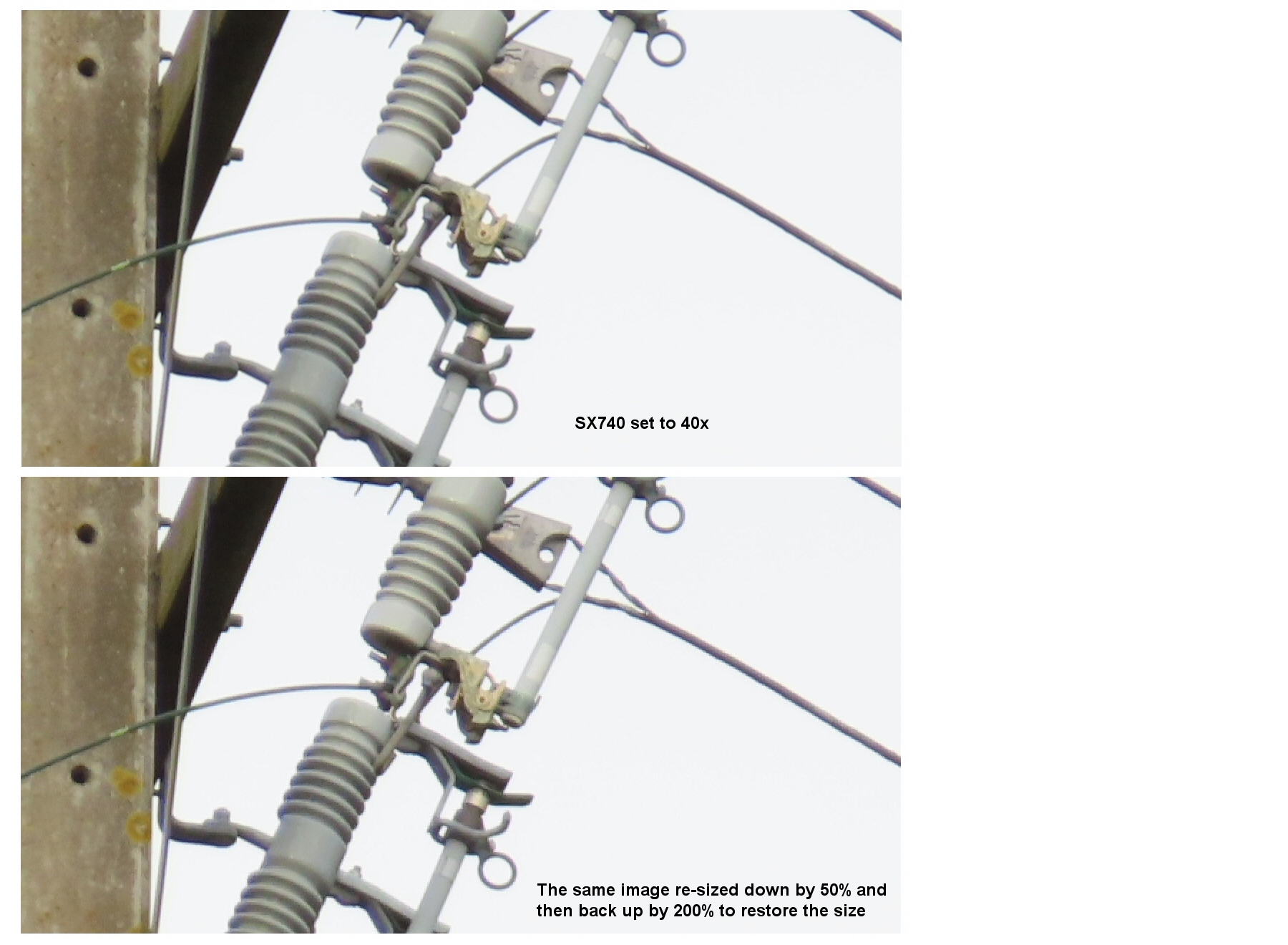
Again for those who can’t easily zoom into the above, immediately below are a couple of portions of these images cut from the above to compare, and then cropped again to resolve down to the individual pixel level on the left, and the blocks of four identical pixels on the right.
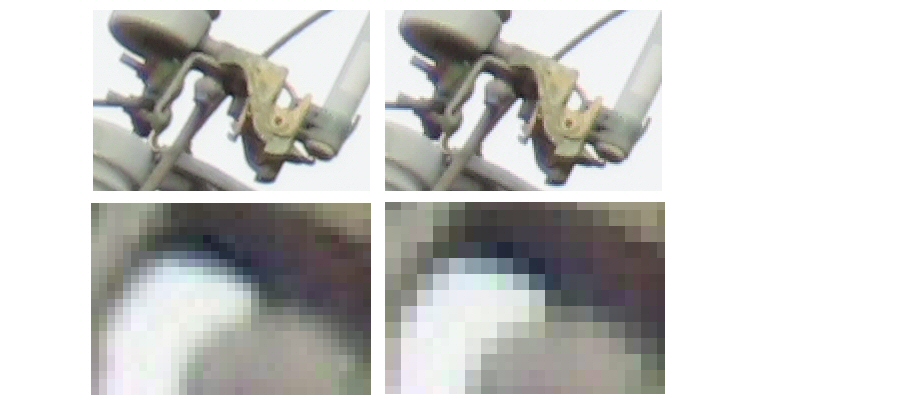
I’ll refer back to my original question; has any meaningful resolution actually been lost? I would say no.
Assuming my sample SX740 is performing to specification, either the 20.1MB image size promises resolution that the camera cannot actually deliver, or the 40x zoom, while optically occurring, has not the necessary attributes of lens quality and mechanical precision to translate into an improved resolution beyond the 20x setting. I haven’t looked into this further to determine which, though it is probably just a softer lens. One way perhaps would be to retract the lens back to a 24mm focal length equivalent setting, and see if the photographs taken then produced detail down to the pixel level. If so the limitation would — by elimination — lie with the lens when extended out to the long focal length.
In light of this finding I have reservations about recommending the SX740 for game photography without also saying that perhaps Forum members should moderate their expectations from what is implied by the published specifications. While the SX740 is small and typical in weight to other compacts, and I enjoy using it, there may well be alternatives at a similar price–point where the actual still–image performance comes closer to meeting the manufacturer’s claims.
Which leads back to the original request; if you could please consider posting to this thread those comparative images or photos that demonstrate the ultimate resolution of your camera according to the methods outlined? I realize this isn’t a Camera & Photography forum, but I think there will be a bit of interest in making a few such comparisons across camera models available.
-
07-01-2025, 09:02 PM #5
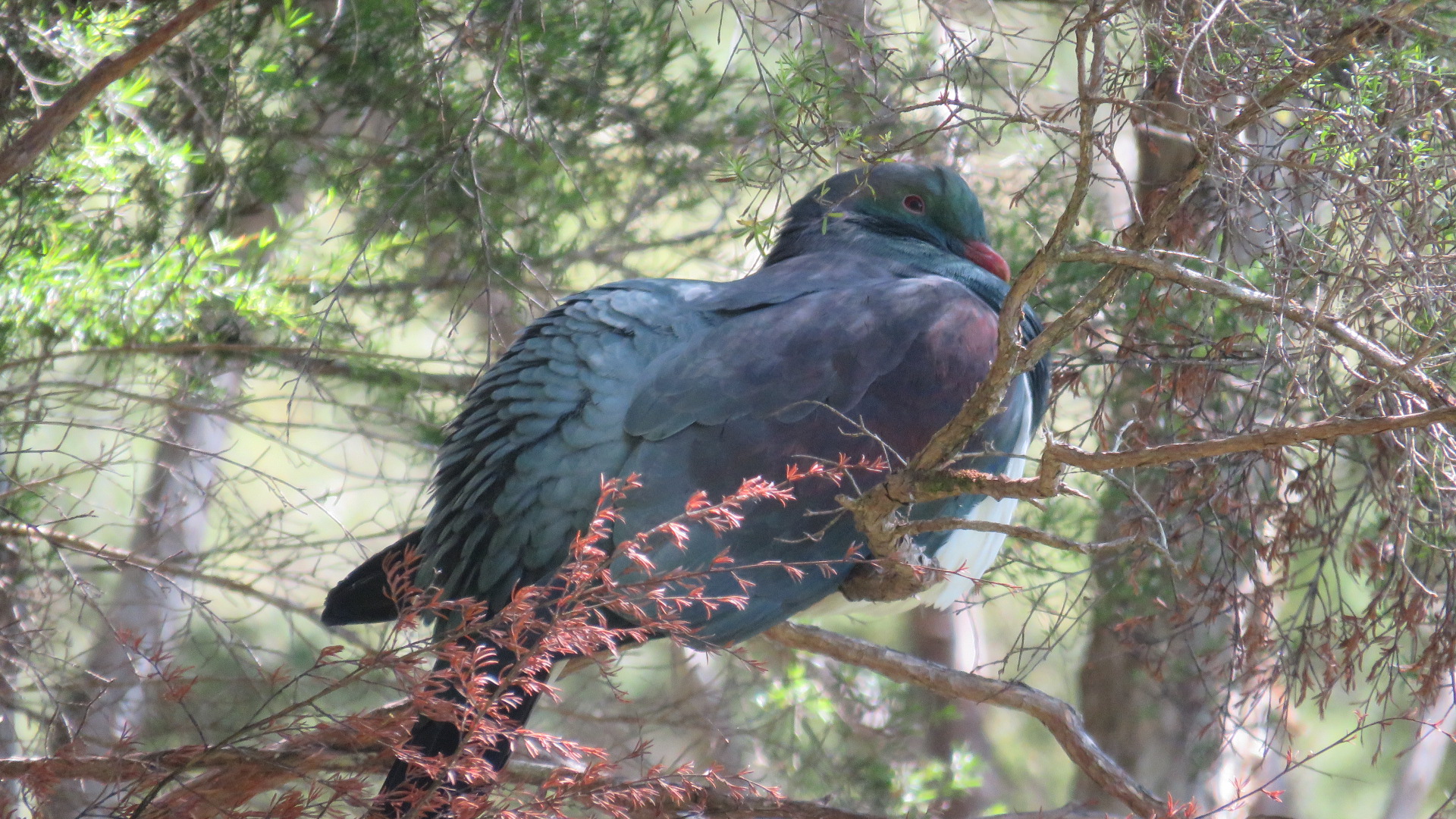
Full optical zoom on an SX60HS, camera just set on Auto while I get the hang of it.Happy Jack.
-
08-01-2025, 12:52 PM #6
I'm stuffed now unless wearing glasses,even at arm's length the digital screens are just too small for my eyes to pick up details so the days of up n snap off photos quickly are numbered.
75/15/10 black powder matters
-
08-01-2025, 01:22 PM #7Member

- Join Date
- Mar 2022
- Location
- SI
- Posts
- 1,602
photo shooting is like hunting, the best tool do the best job, no single one can do it all. I am using Canon 5D mark2 with two lens, 16-35mm and 70-200mm and both can take quality sharp photo especially for the 200mm (see blow, the cat, I assume this is what you are looking for) . I also use my old camera, 40d with 17-85mm for general purpose. Because it `s light and cheap, so I do `t need to worry about lost it in the bush. The new camera will be expensive as well all the accessories. One carbon fiber tripod could cost you several hundreds. And, a stead hand is also a key factor since not all the time, we will have chance to use tripod.
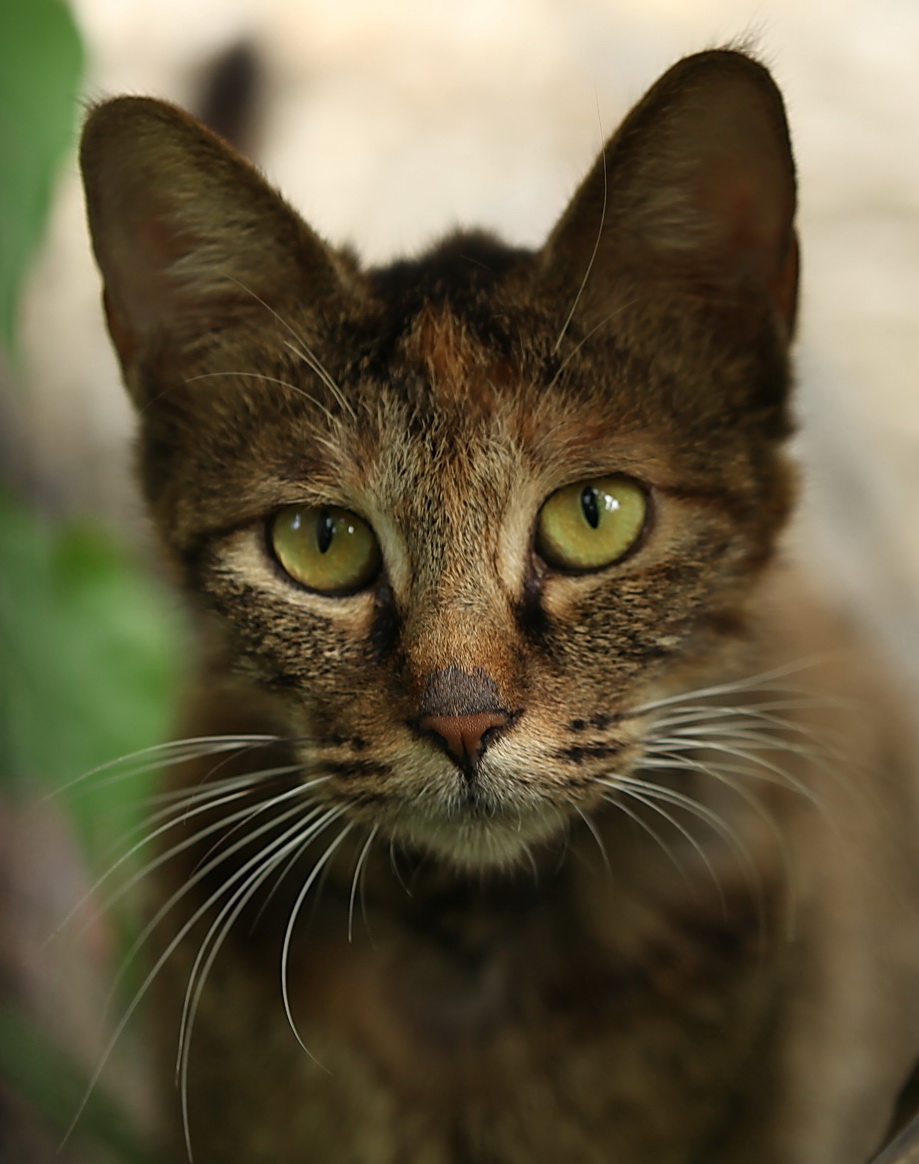
This was taken by 5d mark2 with 200mm lens, aperture 2.8So be it
Similar Threads
-
hunting trips and hygiene
By Barry the hunter in forum HuntingReplies: 3Last Post: 27-03-2024, 09:53 AM -
Fishing / Hunting On-Board Charter Trips into Fiordland
By Bos in forum HuntingReplies: 10Last Post: 03-06-2019, 09:03 PM -
last two hunting trips
By sometimes in forum The MagazineReplies: 8Last Post: 19-07-2015, 04:20 PM -
Wife and Kids on hunting trips
By Zamkiwi in forum HuntingReplies: 9Last Post: 24-02-2015, 08:44 PM
Tags for this Thread
Welcome to NZ Hunting and Shooting Forums! We see you're new here, or arn't logged in. Create an account, and Login for full access including our FREE BUY and SELL section Register NOW!!





 LinkBack URL
LinkBack URL About LinkBacks
About LinkBacks



 Reply With Quote
Reply With Quote


Bookmarks